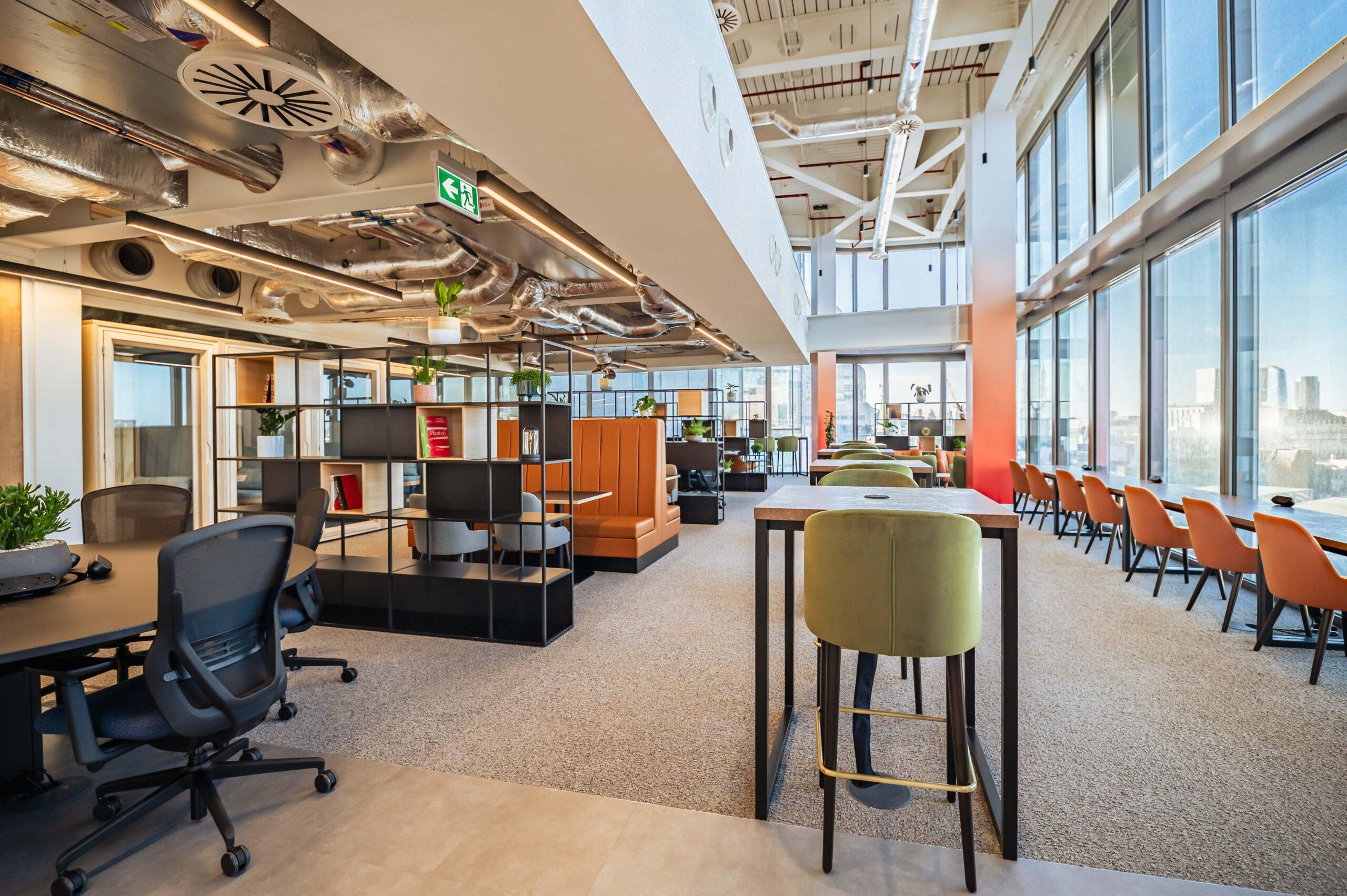
The “Big Stay” and What it Means for Organizations Moving Forward
The world of work has changed dramatically in this generation — and perhaps never as much as it has during the past three years. Since the start of the pandemic, almost everything about our jobs has changed — from where we perform them to what factors matter most in conducting our day-to-day business (safety, health and wellness, and DEI efforts chief among them).
Now, as we’re halfway through 2023, the focus has shifted to economic concerns. Despite what most experts consider a relatively stable economy (thanks to a continued strong labor market and robust consumer spending), companies of all sizes and across industries are looking to mitigate financial headwinds through headline-grabbing employee layoffs. In many cases, this response is course correcting a post-pandemic surge in hiring — especially in the tech sector.
Add in 10 straight interest rate hikes by the Federal Reserve, slowing wage growth, and incessant talk of inflation. These conditions have converged to slow down the mass migration of employees over the past few years.
Has the Great Resignation now become the Big Stay?
How Did We Get Here?
First, a look back. When the pandemic first struck, 20 million Americans lost their jobs. Thankfully, employment recovered quickly, and workers responded by seizing new opportunities that suddenly presented themselves — enter the Great Resignation era.
Almost 50 million people quit their jobs in the two years following the worst of the pandemic, identifying such pressures as burnout, job dissatisfaction, and changing family care requirements. Amidst a tight labor market, many workers were able to find a better job, with increased pay, greater purpose, more work-life balance, and improved flexibility.
Those circumstances are slowly adjusting to pre-pandemic levels. According to the ADP Research Institute, the rate of Americans quitting their jobs is down by 5% from this time last year. Job openings in the U.S. have also fallen 20% from 2022.
On the surface, it appears that workers have recognized shifts in the economy and adapted their job-seeking expectations. However, as with much of the economic and employment outlook of late, the situation is much more nuanced than it seems.
Should I Stay or Should I Go?
Of course, many workers stay put because they are content in their current roles. In fact, higher job satisfaction increases the odds of a person remaining with their company by more than 126%.
What leads to high job satisfaction in today’s landscape? Access to remote/hybrid work is the #1 determining factor, improving retention odds by 62%. More than 78% of employees believe hybrid and remote working has improved all aspects of well-being, enabling them to care for their whole selves in their roles at work and outside of work.
Companies that think progressively about their employees’ full experience, including those that offer flexible work arrangements, are winning the current talent wars. A majority of managers are citing enhanced employee productivity, concentration, and motivation as a positive result of increasingly mainstream hybrid work arrangements.
What This Means for Employers
Despite a year of aggressive interest rate increases by the Federal Reserve aimed at taming inflation and some signs that the red-hot labor market is cooling off, most companies have not taken the drastic step of cutting jobs, preferring to hold on to workers rather than brave the uncertainties of today’s hiring market.
Many employers may still be scarred by how difficult and costly it has been in recent years to recruit and train employees. More fundamentally, the pandemic, and the persistently tight labor market that ensued, may have profoundly reshaped how the nation’s employers think about staffing levels and hiring.
One note of caution for employers: Just because an employee sticks around, it doesn’t mean that they’re happy, engaged, or fulfilled. One proven way to make sure that all employees feel like valued members of a team? Providing them with more agency in their decisions and agility in their schedules to build the better life-work balance that they crave.
How Flexible Workplaces Help Keep Employees Engaged
The evolving world of employee benefits, including such in-demand options as flexible work arrangements, are changing what it means to work today and determining whether an employee continues their career with a company or not.
By considering what employees need to be engaged, effective, and dedicated in their careers, which today means the flexibility that leads to better life-work balance, forward-thinking organizations are reimagining what the employer-employee contract entails and therefore reshaping the future of work.
